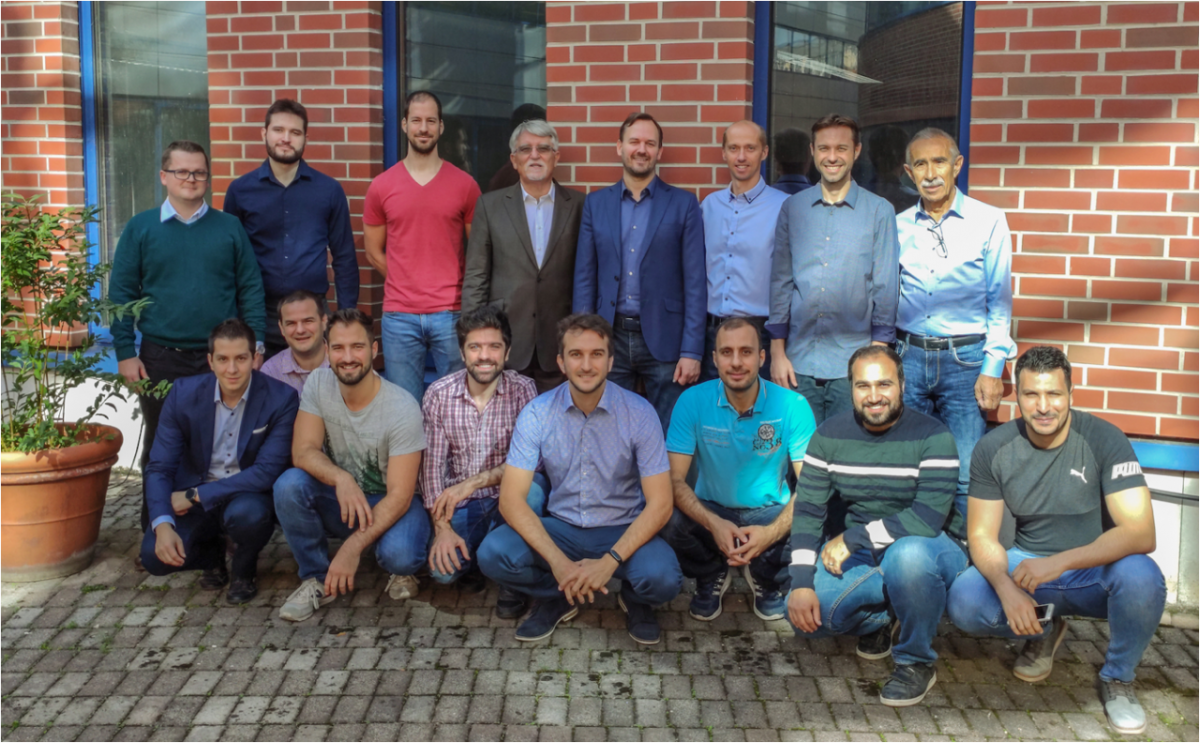News feed
AI breaks new ground in traffic control
2023. 05. 16.Interview about the City AI intelligent transportation system, developed in the MEDIANETS lab of the Faculty of Electrical Engineering and Informatics at BME.
Getting around in a big city is nerve-wracking everywhere in the world. The term “rush hour” has basically lost its meaning, since there are hardly any periods during the day without congestion. Traffic signal timing does not and cannot follow the actual traffic. At least, this is how it has been so far, until BME’s researchers and their industry partners developed an AI-based real-time traffic control system, which has been operating live for a month now in Pécs to help locals enjoy congestion-free traffic. The system, called City AI, uses sensor points, such as traffic monitoring cameras, a custom-developed mobile app and real-time data from public transport, to monitor the city’s traffic. From the collected data the system uses artificial intelligence to analyse and predict traffic and provide intervention suggestions to the dispatchers, who can immediately change traffic light programmes to make traffic flow smoother and send notifications to the public transport company's passenger information system or to the mobile app used by passengers. We asked Vilmos Simon, Associate Professor at the Department of Networked Systems and Services at Budapest University of Technology and Economics, about developing the system.

How did the City AI project start?
The basic concept and idea of the City AI intelligent traffic control system was born at BME, in the MEDIANETS lab of the Department of Networked Systems and Services (HIT). Fortunately, our industrial partners also saw the potential, so we were able to apply to the National Competitiveness and Excellence Programme of the National Research, Development and Innovation Office in a consortium with Gamax Ltd and RacioNET Information Technology & Services Plc. We were successful, having won a grant of HUF 1.388 billion out of a total project cost of HUF 2.312 billion.

What was your role in the consortium and what did you entrust to artificial intelligence?
BME’s team developed several innovative and key components of the City AI intelligent traffic control system. These include a machine vision-based module that generates traffic data from urban camera images using artificial intelligence, a machine learning-based AI module that generates traffic predictions, and an AI-based module that enables the real-time control of traffic lights according to the actual traffic. The latter was tested at a busy traffic junction in Pécs. To our knowledge, it was the first published, real-time AI-based traffic light control solution in the world to be tested in live traffic. I would like to thank Magyar Közút for the opportunity and their constructive approach, allowing us to connect our systems. Also, it was the BME team that developed the stream processing platform, which is essential for handling large data sets, and we also provided a V2X-based traffic intervention demonstration.
What was your biggest challenge?
We are talking about pioneering technologies and algorithms, we had no benchmark, we had to develop everything from scratch. This meant both great freedom and responsibility. The other challenge was the heterogeneity of traffic data from the transport infrastructure, with different formats and types of data coming from different sources and different departments. These needed to be put into the same format and processed properly so that they could be used by AI-based traffic prediction solutions.

How many people were involved in the development from BME?
We had a team of 20-25 people participating in the development, including professors, senior lecturers, PhD, MSc and BSc students. Research in this area yielded 2 doctoral dissertations, several master and bachelor theses, scientific students’ association dissertations, as well as several publications in international journals and conferences. One of our publications also won the best paper award at an international conference.
Why did Pécs get the City AI pilot system?
The city of Pécs was open to receive such a new system and, as a medium-sized city, it is an excellent testing ground for new technologies. Our system can be adapted to any city, and recently several cities in Hungary and abroad have expressed interest in testing and introducing the system.
The app can be a great help not only for drivers, but also for public transport users, as the map is able to show the current location, routes, timetables and delays of public transport vehicles in a city.
Rector’s Cabinet Communications Directorate
